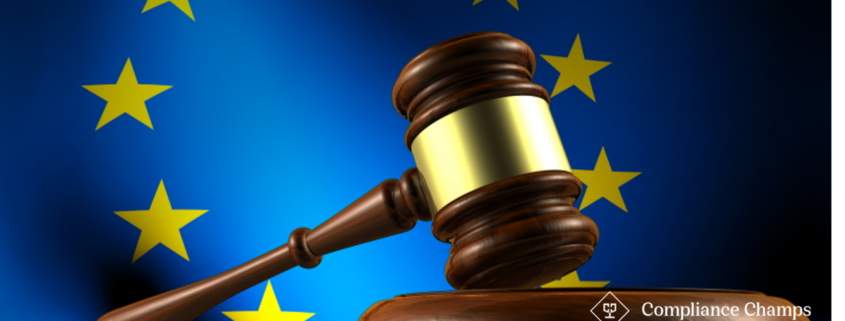AMLD5 versus MiCAR
With the MiCAR approaching, a lot of parties involved with crypto-assets, including crypto-asset service providers (CASPs), will have to implement this new regulation. Services like the placing of crypto-assets and providing advice on crypto-assets need to comply to an extensive set of requirements, while these services were not yet regulated under the AMLD5.
Under the AMLD5, CASPs in the Netherlands providing the services for the exchange between virtual currencies and fiat currencies and providing custodian wallet services fall under the scope of the Money Laundering and Terrorist Financing (Prevention) Act (Wwft), which includes the AMLD5 implementation.
In this article we would like to look at some of the most significant differences between the current AMLD5 regime and the new MiCAR regime:
- MiCAR requires a license, which takes a lot more effort to receive than a registration, due to the more extensive range of requirements included in the regulation. AMLD5 only requires a registration.
- Where the AMLD focusses on AML-CFT issues and risks, the MiCAR has broadened this scope and includes rules on for example market abuse and sets prudential requirement for CASPs.
- MiCAR is a Regulation instead of a Directive (AMLD5). A Regulation is directly applicable in Member States after its entry into force (another example is the GDPR). A Directive first needs to be implemented in the national laws of a member state. Just like the AMLD5 was implemented in the Wwft.
- The competent authority for most service providers under the MiCAR, including the crypto-asset services that currently require a registration, will be the AFM instead of the DNB under which they are currently registered. The DNB will however become the competent authority for issuers of ARTs and EMTs.
- MiCAR introduces passporting opportunities, whereas registration only permits service providers to offer and market services in one country. As a result, under the old regime, a CASP (Crypto-Asset Service Provider) needed to apply for registration in multiple countries to offer and market services there.
- Lastly, a lot more services are in scope of the MiCAR. The registration only focuses on service providers offering services for the exchange between virtual currencies and fiat currencies and providing custodian wallet services. The MiCAR focusses on a lot more crypto-asset services (full list of CASP-services can be found in article 3 (1) under 16 MiCAR).
The MiCAR regime leads to further regulation in the crypto market, with more crypto parties required to obtain and maintain a license. It is an understatement to say that challenging times are ahead.



